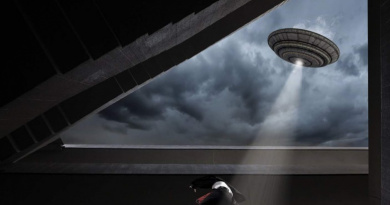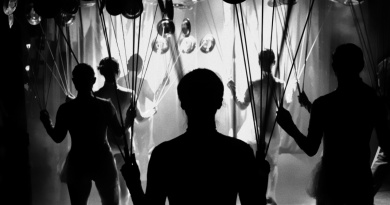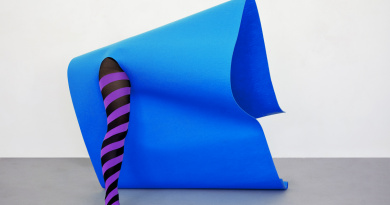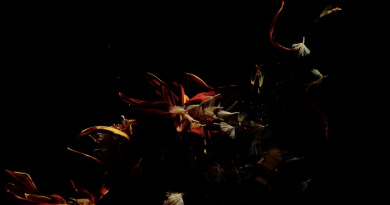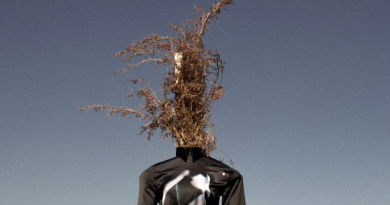Interview
Fran Forman
Fran Forman held a succession of positions in the field of design, and was an art director at AOL Time Warner, where she designed the preeminent web site devoted to African American culture. Between professional life and raising her two daughters, Fran continued to create her personal art, combining her illustrative and photographic skills with a passion for surrealism, paradox, illusion, assemblage, and the dislocations of time and place. Fran Forman’s photo-paintings are in the permanent collections of the Boston Museum of Fine Arts, The Smithsonian National Air and Space Museum (NASM, Washington, DC), the Museum of Fine Arts, Houston, The Grace Museum, Abilene, The Sunnhordland Museum, Norway, the Conner Collection at The University of Texas, and the North Down Museum, Northern Ireland.
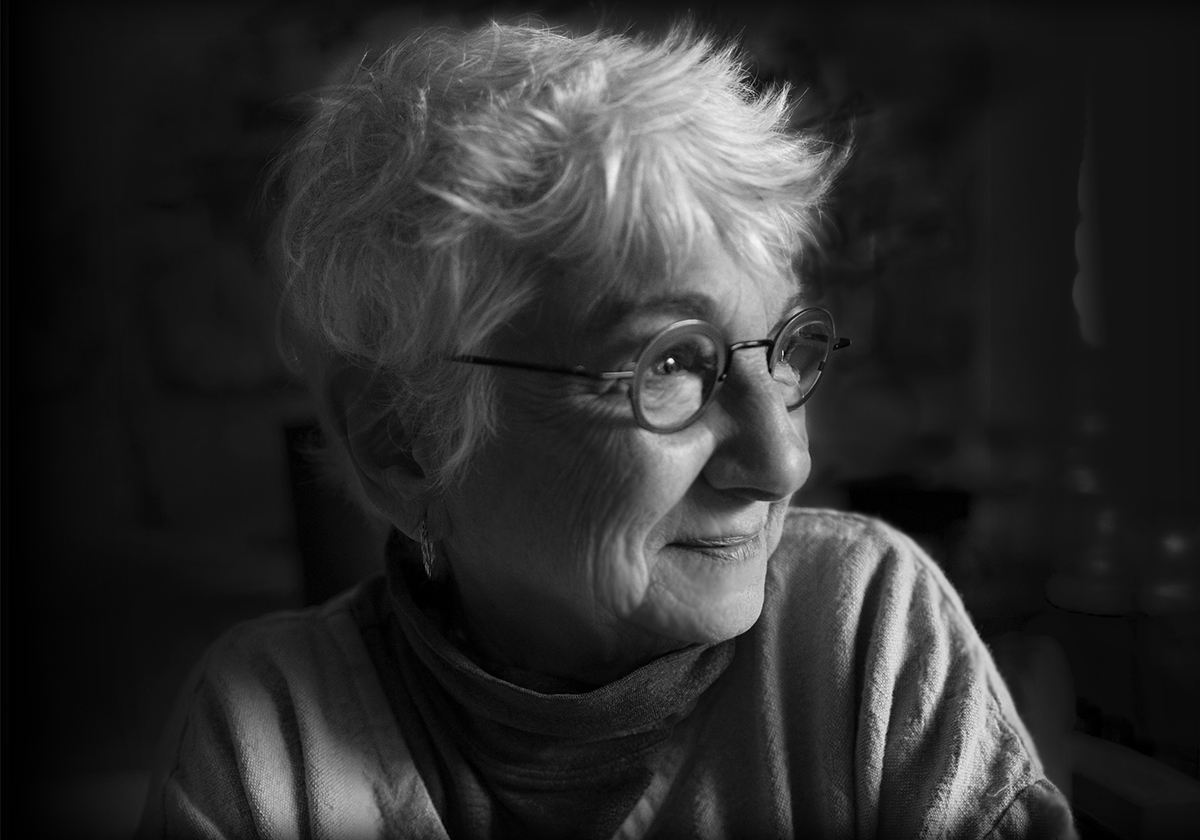
Fran Forman, Photo by Julia Dean
Fran Forman, please introduce yourself
My name is Fran Forman, an American Fine Art photographer. I love making pictures. All my life, it has been my hobby, my obsession, my means of procrastination, my torment, and my salvation. I create images because I love to look at images. Now I take photographs, combine and manipulate, paint and alter, fuse photographs with painting, reality with fiction – whatever it takes to tell a story.
Where do you live, does your place of residence inspire you to take pictures?
I live in the New England area, and I spend quite a bit of time on Cape Cod, where European colonists first arrived in 1620. This narrow strip of sand juts east into the Atlantic Ocean, and with the bay to the west, creates a beautiful light that I have rarely found elsewhere. My town is an old fishing village and the architecture is distinctly early New England.
Do you have a photographic background?
I became obsessed with photography while in graduate school studying graphic design. No, I don’t have a formal education in photography, though.
How comes that you are interested in photography?
I have always drawn, and as a child, I copied photographs from magazines, paying special attention to the faces and shading. This was my art education, and from those mid-century photographic masters, I absorbed a sense of composition through the use of light and shadow, balance, and symmetry. I sensed that a photograph could make me feel…something.
Which photographer has inspired your photography?
There are too many to mention here, but I’ll give a shout-out to Ralph Eugene Meatyard, Erwin Olaf, Gregory Crewdson, Duane Michals, Sarah Moon, Deborah Turbeville, and my many friends in the photo community. I’m particularly inspired not only by photographers and cinematographers but also by painters, Caravaggio, the 17th c Northern European masters, and painters such as Jakub Schikaneder, Andrew Wyeth, Edward Hopper, and Mark Rothko.
Why do you work in color?
I see in color, I dream in color, and I love how colors change about one another and the emotional response that relationship elicits.
How do you prepare for a photo?
The process is not random, but it is intuitive, sometimes rooted in my interest in art history. In creating each visual narrative, I consider not only the individual components and their relationships but also color, composition, contrast, texture, and scale. I allow the images to direct the process. Usually, the image moves in a different direction, and the narrative shifts.
What are your technique and the creative process?
My image-making is referred to as ‘photo-painting, and indeed, I work like a painter who has a palette of colors available and then begins to apply one color, then another, always considering how they relate and alter. In my case, it’s the interaction and relationship of image, color, and texture that intrigues me and enhances the narrative.
My method could also be compared to a choreographer. She has a finite number of dancers to work with, she has music, and she has a stage. She directs the dancers by manipulating their movements to the music and each other in space.
I maintain a huge library of photographs that I’ve shot or, if they’re archival, scanned. I begin to create an image with a preconceived notion, choosing a selected group of images in the service of an idea. I wield my stylus like a paintbrush, drawing, painting, and manipulating fragments and shards of photographs, trying to make an image that is beautiful, mysterious, and revealing of secrets.
In all cases, it’s about relationships in the service of telling a story and being willing to welcome the unexpected relationships that invariably occur.
Which projects would you like to tackle?
I would like to tackle projects with a large budget, a crew, a stylist, more models, and lighting technicians. I’m always on the hunt for interesting architectural settings, especially interior spaces with good bones.
What do you do in your life besides photography?
I love to read good fiction, history, historical fiction, and I read newspapers daily such as the Washington Post and the New York Times, and weekly journals like The New Yorker, The Atlantic. I watch movies. I like to walk and hang out with friends (now, socially distant visits, alas). And I love to spend time with my grandkids.
![]() Thanks a lot Fran Forman for the Interview
Thanks a lot Fran Forman for the Interview
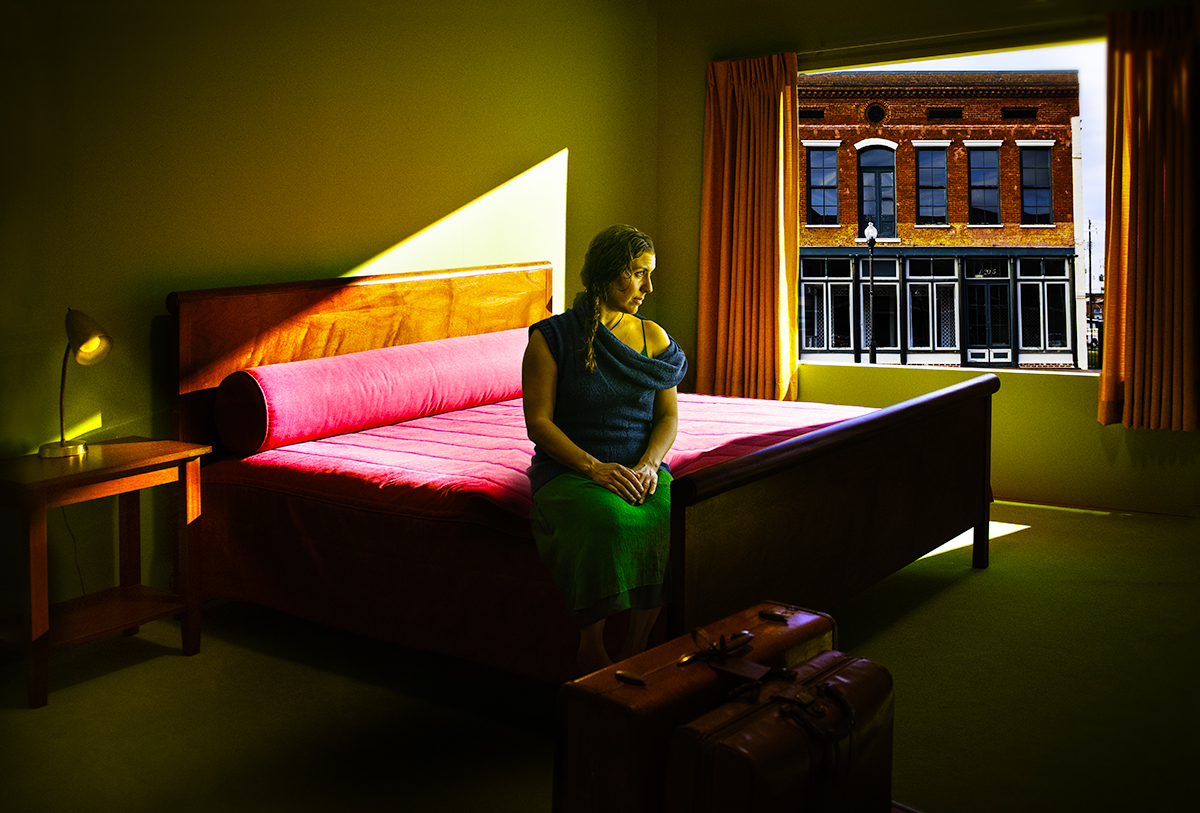
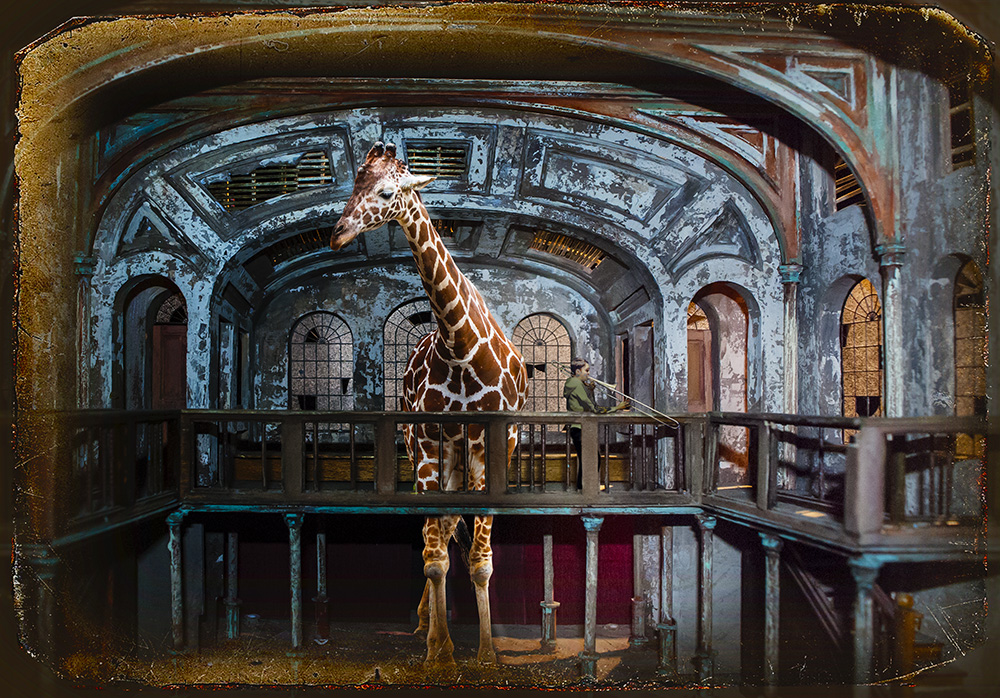
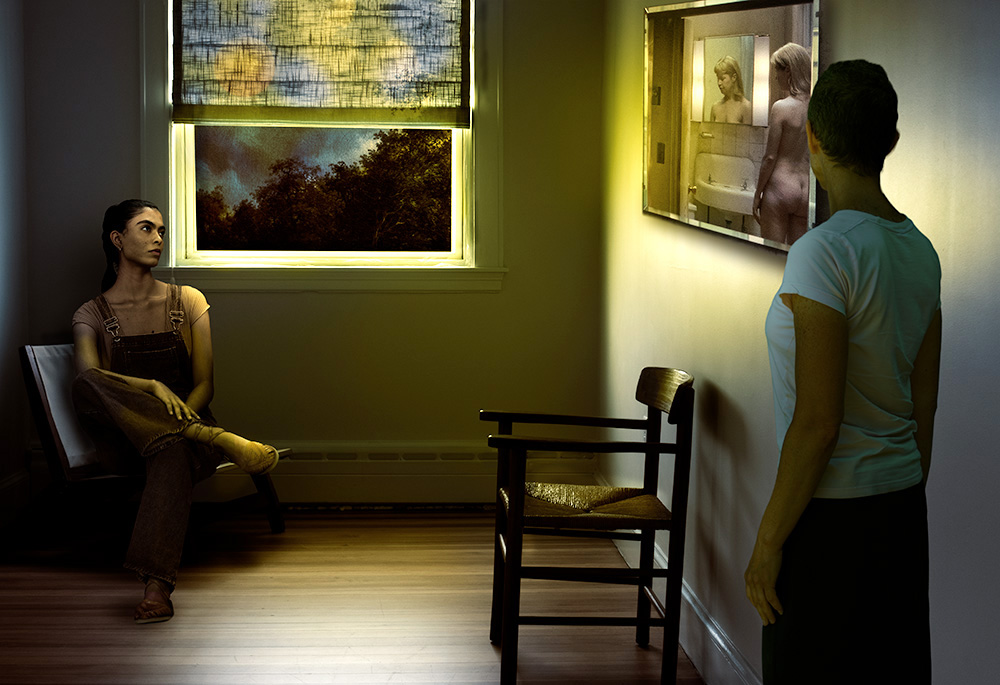
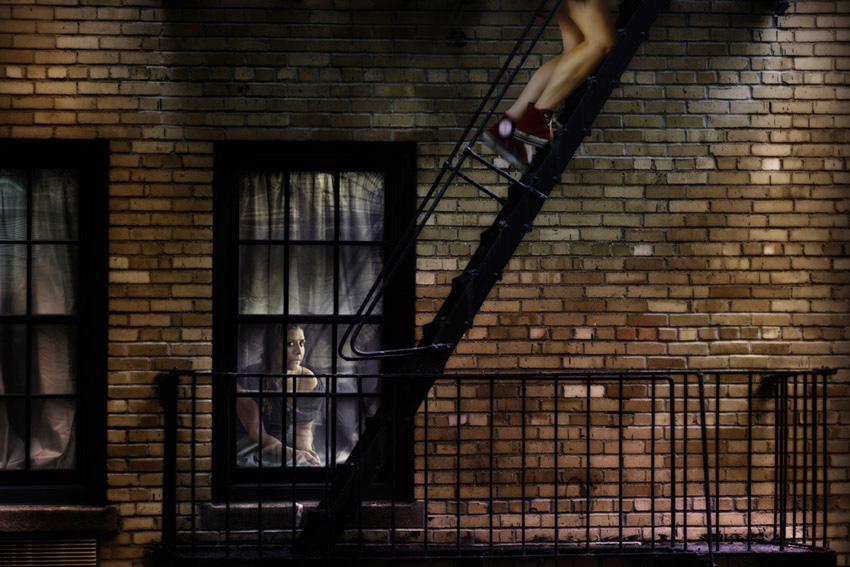
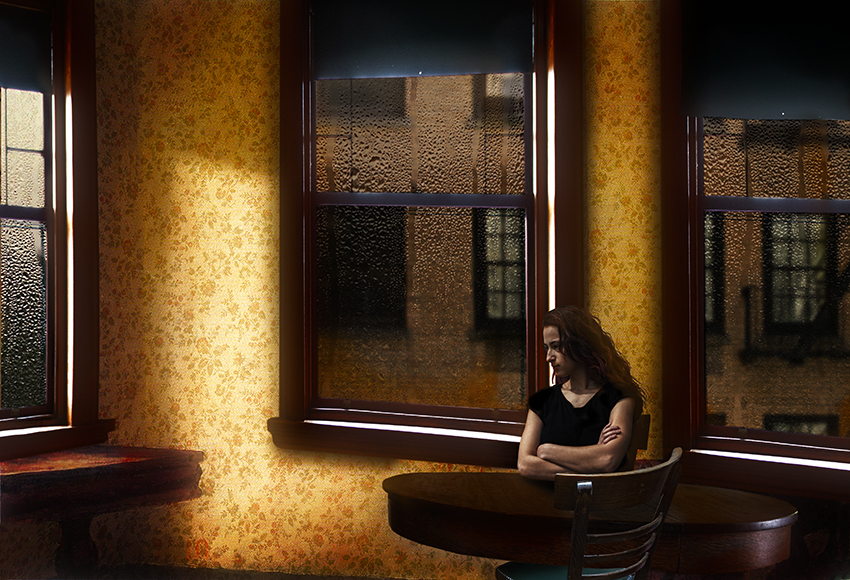
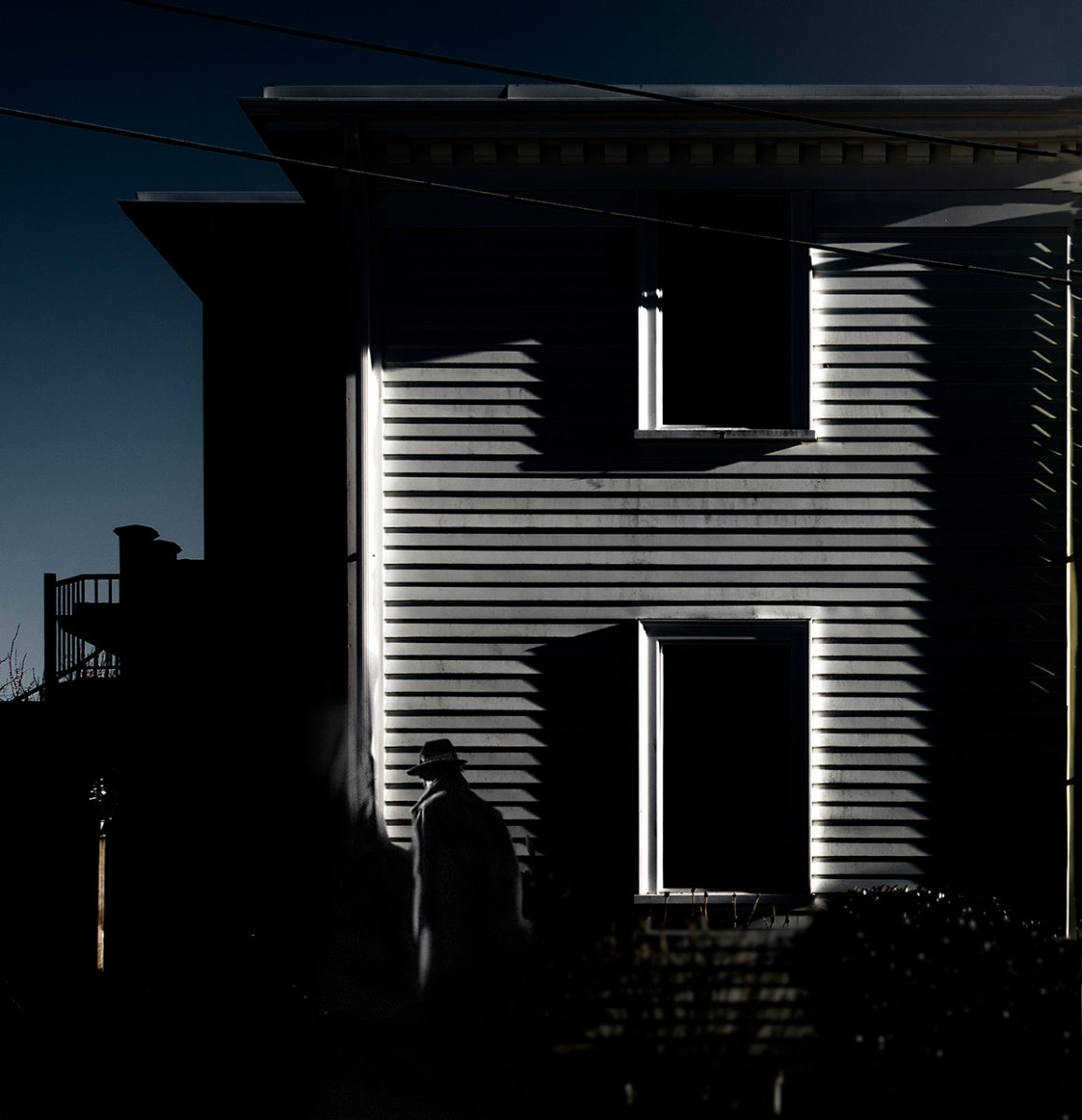
Journalism and running an online magazine costs money. Our online magazine is free of advertisements. We do everything out of love and dedication. We are not profit oriented. Support Tagree that the magazine remains ad-free and the monthly costs can be paid. TAGREE, I love your cultural work, I donate to show you my appreciation, voluntary, one-time or regular monthly or per quarter:


 More about Fran Forman on Tagree
More about Fran Forman on Tagree


